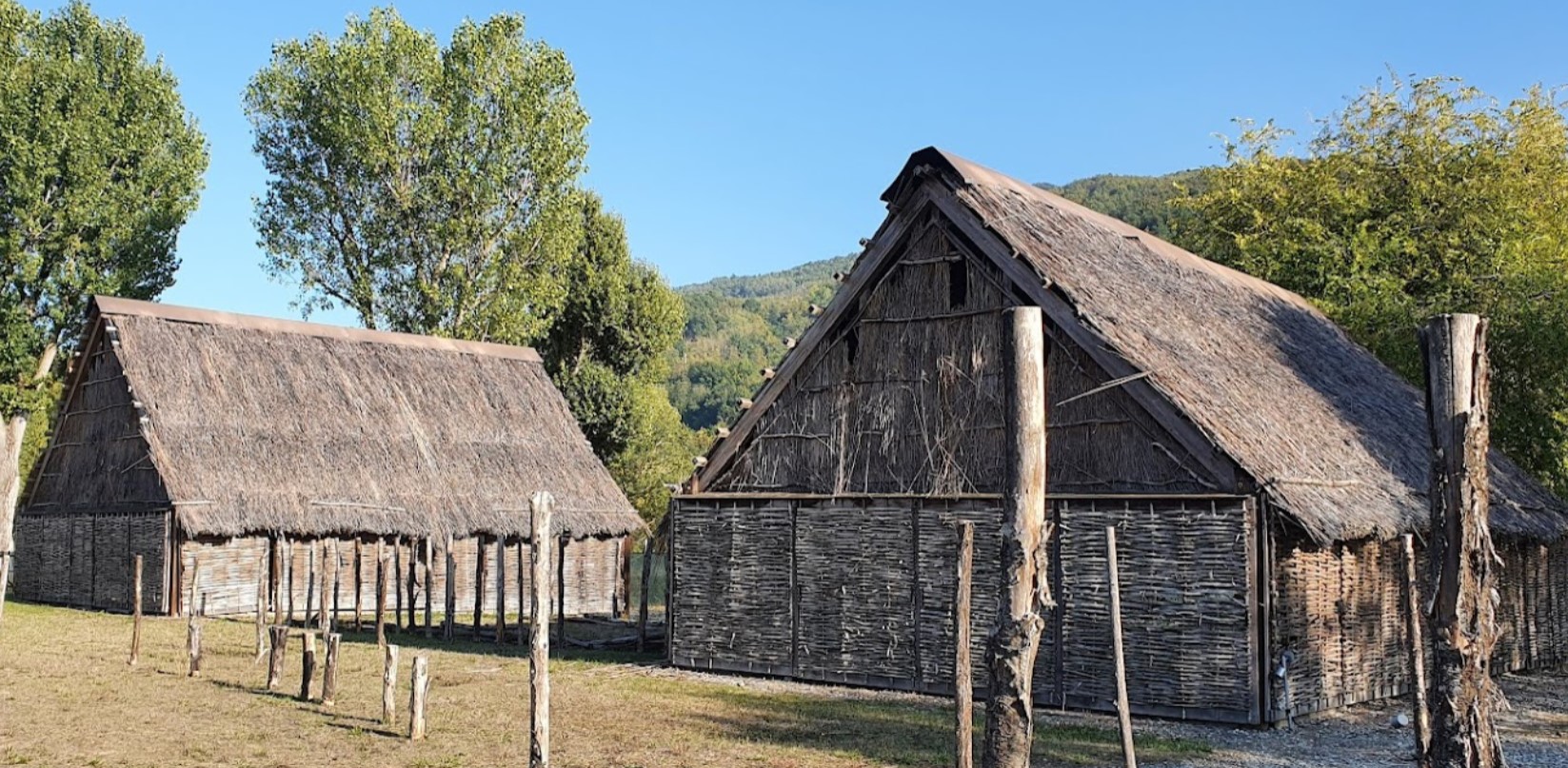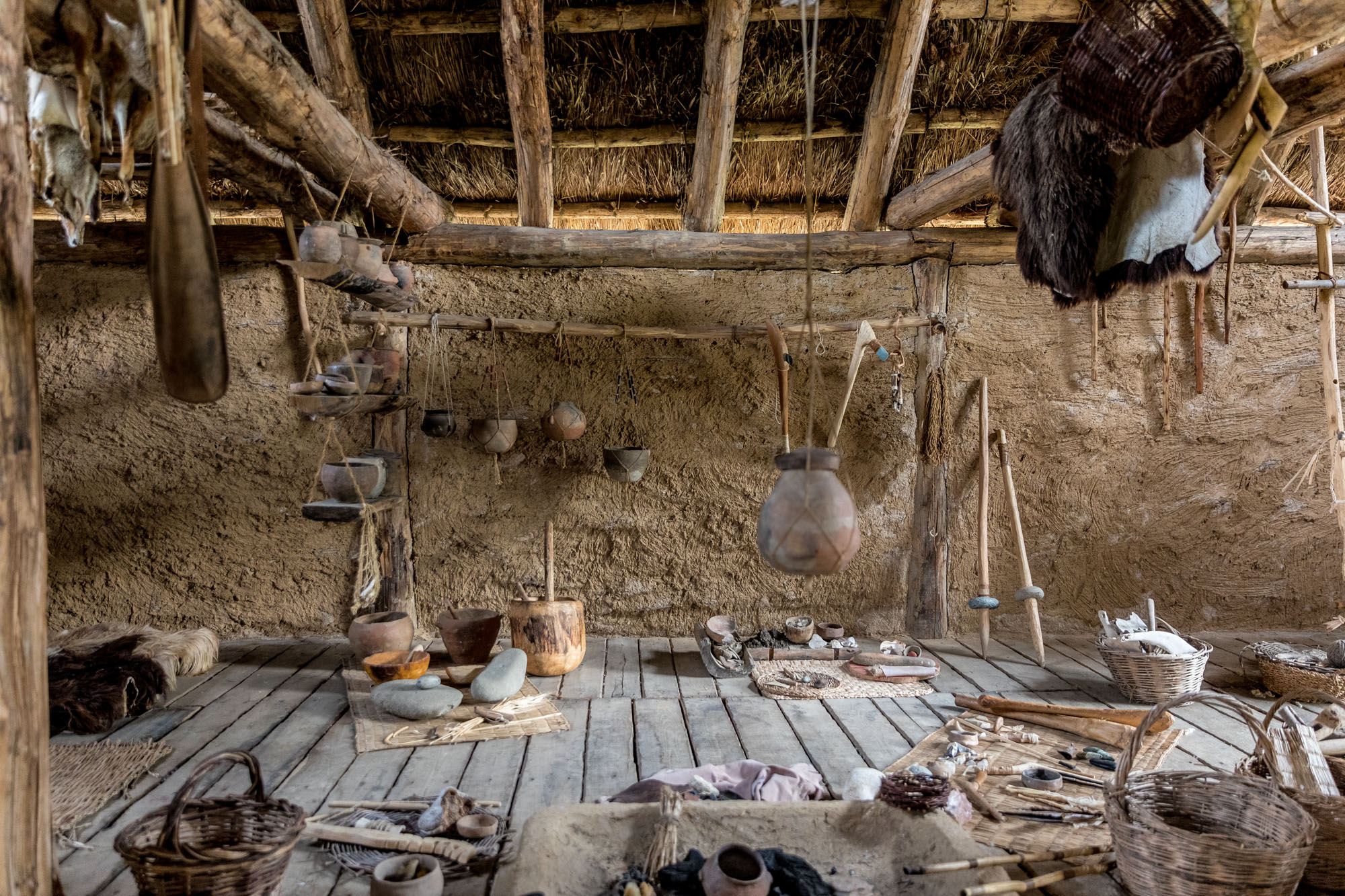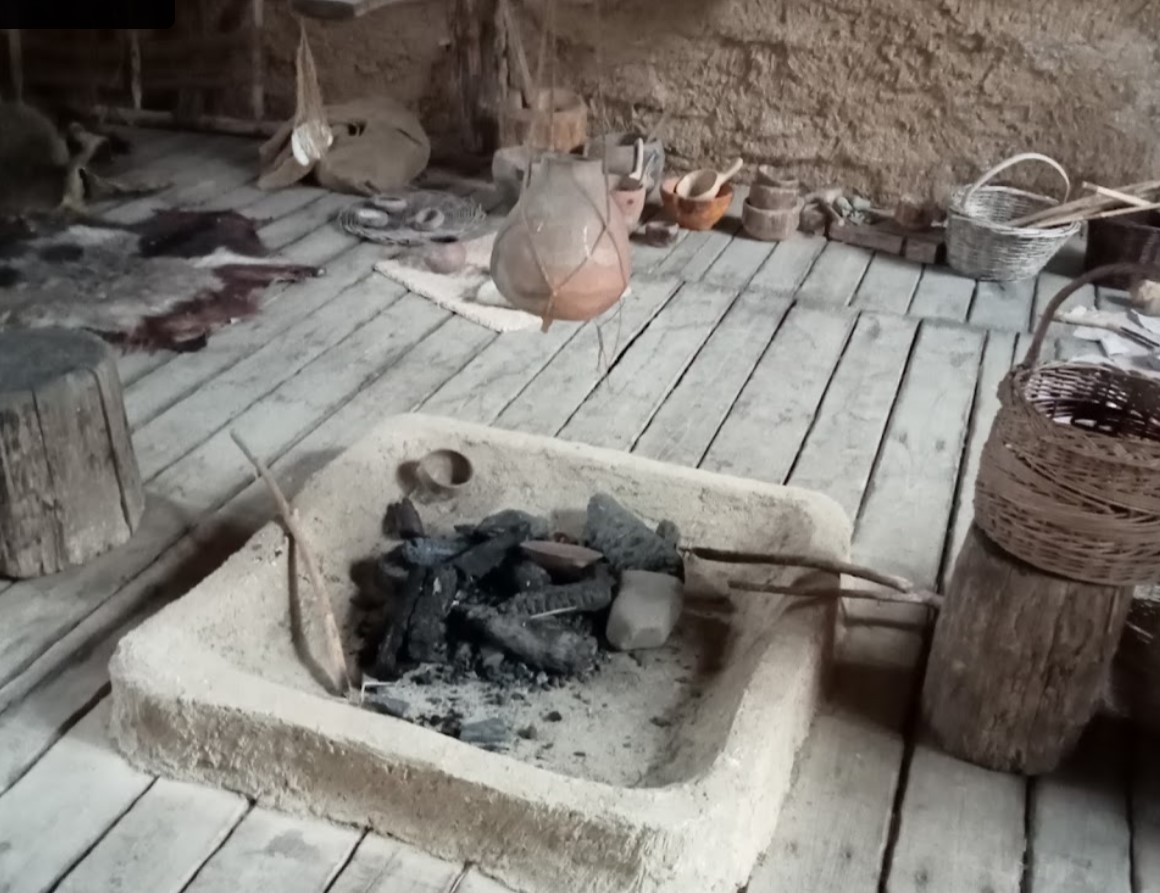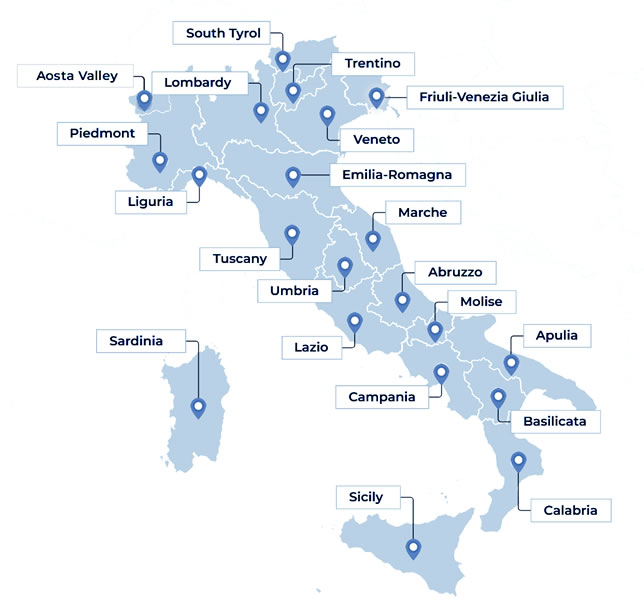

Explore Italy by place | region | time period
The Neolithic Age » Travo Sant'Andrea (Piacenza, Emilia Romagna)
Towards the end of the Paleolithic (from the Greek palaiós ancient, and líthos stone, ancient stone age) men lived in small communities of nomadic hunters and gatherers. With the beginning of the Neolithic (from the Greek néos new, and líthos stone, new Stone Age) they learned new subsistence techniques which were widespread among the populations of the Middle and Far East already several thousand years before.

In the fifth millennium BCE the inhabitants of the Italian peninsula are no longer forced to move in search of food. Agriculture and cattle breeding guaranteed their self-sufficiency.
This is how the first stable settlements composed of more numerous groups in southern and northern Italy are born, particulary along the Ligurian coasts. The first farmers of Italy found pastures, fertile land to address to the agriculture in the flat areas close to the waterways, extensive wooded areas on the low hills. Neolithic men will no longer live in caves but will continue to use them to bury their dead or to practice religious cults and rites.
Neolithic settlements were organized as villages with walls and defense trenches, huts, food pits, ovens and water tanks. The first forms of social coexistence are born with the creation of common rules and customs. Crafts and barter develop.

In the 80s some volunteers discovered a Neolithic village in Travo (Trebbia Valley). The Trebbia is a river predominantly of Liguria and Emilia Romagna in northern Italy. It is one of the four main right-bank tributaries of the river Po, the longest river in Italy (c. 652-682 km). Along the eastern banks of Trebbia in 218 BCE was fought one of the battles of the Second Punic War: the Battle of Trebbia, where Hannibal defeated a Roman consular army. While, a major battle between the Russians and Austrians under Suvorov with the French took place here in 1799.
Today the Neolithic village in Travo is considered one of the most important prehistoric sites in northern Italy. In 2006 the Archaeological Park of Sant'Andrea was built. It extends over an area of a hectare and its main feature is the preservation in view of part of the prehistoric structures highlighted during the excavations.
It contains reconstructions of 3 huts furnished with copies of original artifacts found during excavations (wooden objects, ceramic vases, stone tools) and ovens to cook meat. These houses have the same size and appearance as the Neolithic ones. In the south of the park there is the original boundary wall made of pebbles.

Archaeological research has shown that Travo was populated from the Neolithic period (4300-3800 BCE) until the Middle Ages. Traces of a town and a necropolis of 545 square meters are not far from the archaeological park. They include 117 tombs of great interest of the Lombard period (V and VIII centuries CE). They were discovered in 2005 during the construction of little villas. Six of these burials (4 adults including a woman, and further isolated those of 2 children) were recreated in the southern area of the park to illustrate how the area of the necropolis dating back to the fifth century CE how it looked like in origin. The burial of the woman’s tomb is the only one among those found characterized by the presence of a funeral equipment. It is equipped with a coverage built in decorated brick on which was engraved a funeral inscription Teos which would indicate the abbreviation of her name.
Inside the Castle Anguissola in the village of Travo there is the archaeological museum with finds from the excavations of the park in addition to those Paleolithic, Roman and early medieval found throughout the Trebbia valley and some nearby valleys. We are talking about 175 archaeological sites, 64 of which are prehistoric or protohistoric sites, 90 Roman sites and 21 medieval sites.

In order to know more, you can visit:
- Wikipedia: [1]
This page was last edited on 7 June 2024

Open in Google Maps and find out what to visit in a place.
Go to: Abruzzo | Aosta Valley | Apulia | Basilicata | Calabria | Campania | Emilia Romagna | Friuli Venezia Giulia | Lazio | Liguria | Lombardy | Marche | Molise | Piedmont | Sardinia | Sicily | South Tyrol | Trentino | Tuscany | Umbria | Veneto

Text and images are available under the Creative Commons Attribution-ShareAlike License 4.0; - italystudynotes.eu - Privacy